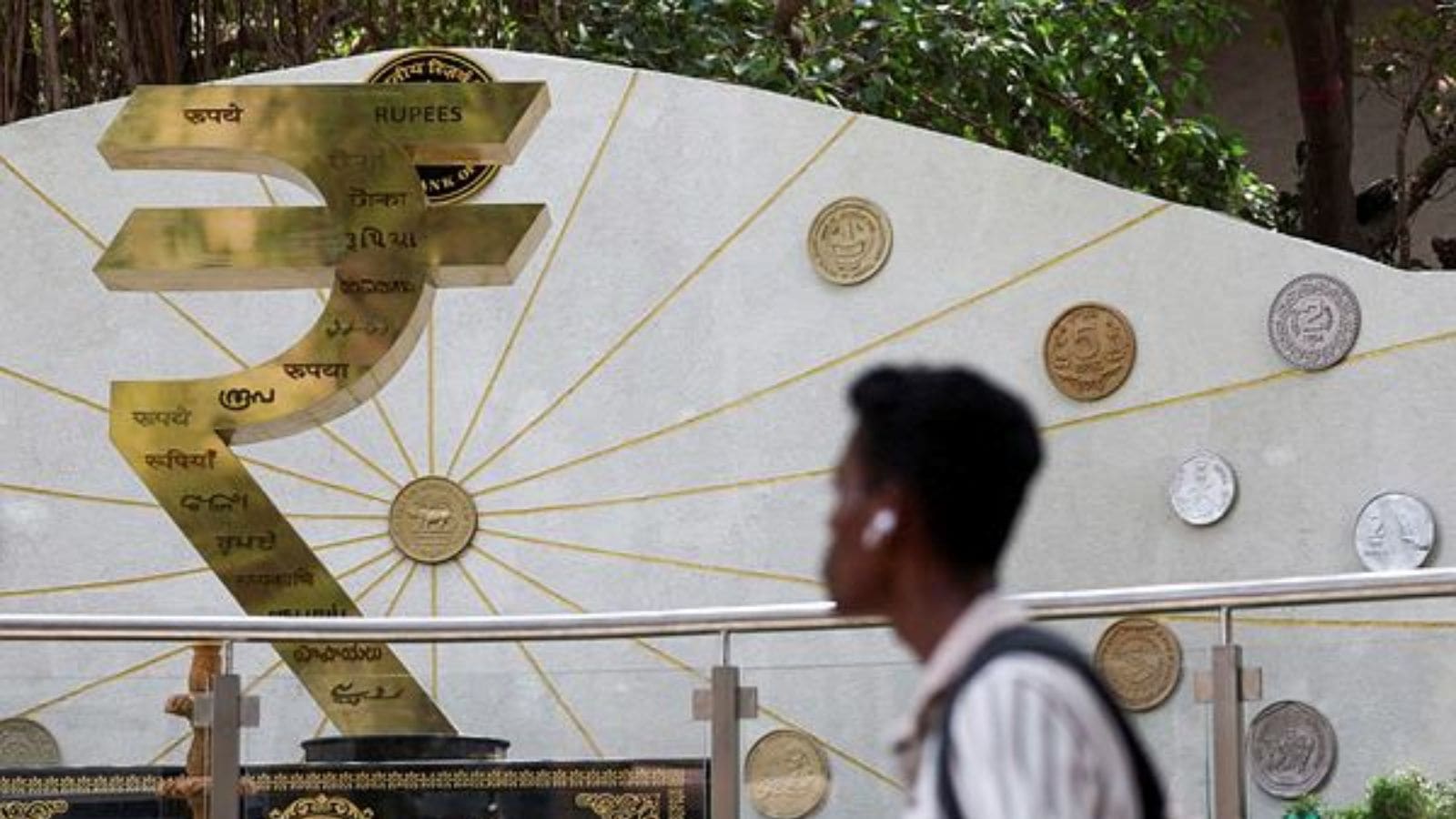The rupee witnessed its worst session in over two years on Thursday, coming under intense pressure due to escalating geopolitical tensions between India and Pakistan under the ongoing ‘Operation Sindoor’. The domestic currency took a sharp hit, closing 89 paise lower at 85.72 against the US dollar.
This significant depreciation of over 1 per cent marks the rupee’s worst day since February 6, 2023. The rupee had closed at 84.83 against the greenback on Wednesday. The heightened tensions have led to a surge in risk aversion, impacting the currency markets and resulting in the rupee’s sharp decline.
Why is the rupee under pressure
Analysts said the rupee’s decline was attributed to heightened geopolitical risks following India’s military strikes in Pakistan, which raised worries about potential escalation in the region. The currency market came under pressure after Pakistan attempted to target several Indian military sites using drones and missiles, a move thwarted by India’s defence systems. Apart from the geopolitical stress, a stronger US dollar and rising crude oil prices further weighed on the sentiment.
Jateen Trivedi, research analyst, LKP Securities, said reports of drone attacks and retaliatory strikes over the past 24 hours have heightened geopolitical uncertainty, triggering a risk-off sentiment. “If the situation worsens, the rupee may face further pressure, with lower levels of 86.00-86.50 potentially coming into play,” he said.
Dilip Parmar, research analyst, HDFC Securities, said uncertainties surrounding Trump’s policies have also heightened volatility in the forex market this year. Additionally, the decline in US Treasury yields has contributed to the weakening of the dollar in recent days.
The rupee had come under pressure on Wednesday also following India’s precision military strikes on terror hubs in Pakistan and Pakistan-occupied Kashmir.
India VIX, the benchmark indicator of market volatility derived from options trading, surged 10 per cent to 21.01 on Thursday, reflecting heightened investor anxiety. The sharp rise in the so-called “fear gauge” was driven by escalating market uncertainty, compounded by volatility typically associated with the weekly index expiry.
Story continues below this ad
Rupee may benefit from tailwinds
The rupee is likely to remain under pressure due to strong US dollar and the continuing military tensions between India and Pakistan. Any further escalation could drive more weakness. However, FII inflows into the stock market may offer some support at lower levels.
The rupee had gained ground last week in the wake of inflows from foreign investors and bullish stock markets. Foreign investors, who withdrew funds from the Indian markets between October 2024 and February 2025, had pumped Rs 9,647 crore into the stock market till May 7. Going forward, with the US Federal Reserve keeping the rates unchanged, local stock markets and the rupee are expected to benefit from global equities rally besides domestic tailwinds such as hopes of policy easing from the RBI, better-than-expected Q4 earnings, depressed oil prices and expectations of a trade deal with the US.


